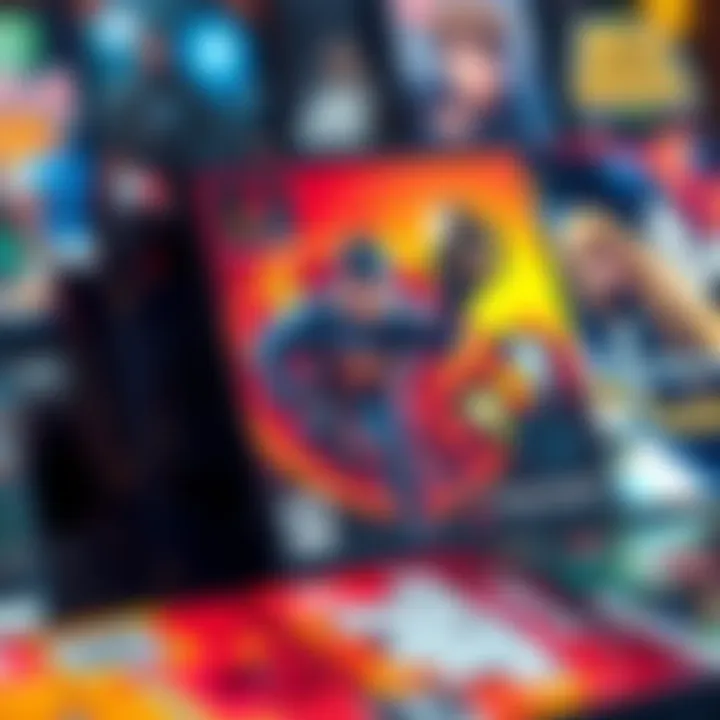PlayStation 2 Game Graphics Debate | Beauty or Cash Grab?
Edited By
James Lee

The PlayStation 2 era often sparks a debate among fans regarding its most visually stunning games. Recently, discussions have flared over favorite titles, highlighting the contrast between beloved classics and current gaming practices.
The Iconic Contenders
Several titles emerged in conversations, with Okami (2006) consistently hailed for its stylized art that remains impressive even today. "Easily one of the most beautiful games I’ve played," one commenter noted. The game's artistic choices set it apart, keeping it relevant alongside newer games.
Other titles mentioned include Odin Sphere, which also left a mark for its beauty during the PS2 era. This brings to light a significant point raised by many: why do modern franchises like Pokémon fail to meet expectations?
Fans Mull Over Franchise Quality
While fans deeply appreciate Pokémon, questions about its graphic quality surfaced. "People genuinely call S/V 'pretty'," a comment pointedly observed, raising eyebrows among critics. The sentiment that Pokémon has become a cash cow resonates with many, stemming from frustrations with the game’s graphic limitations compared to franchises like Mario or Zelda, which deliver consistently high-quality visuals.
"Nintendo doesn’t make Pokémon games, if they did, it would be amazing," noted a user, echoing a common belief that franchise mishaps arise from Game Freak's handling.
Challenging the Norms of Game Development
Participants voiced a complicated relationship with beloved franchises, expressing hope for innovation. One user remarked on how Japanese business practices affect creativity, suggesting that executives fear straying too far from successful formulas. The conversation around how companies manage fan expectations is ongoing, with many arguing for a potential reset in game development standards.
Questions about graphic enhancements and gameplay experiences surfaced repeatedly. Many cited the need for deeper engagement and more immersive environments, similar to indie gems that often prioritize artistic quality over commercial tendencies.
Key Takeaways
🌟 Okami recognized for timeless graphics.
🚫 Disappointment in Pokémon's reliance on established success
💡 Calls for innovation hindered by business practices.
As the dialogue continues, the divide between nostalgia for PS2 classics and dissatisfaction with modern franchises grows wider, prompting many to speculate if significant change is on the horizon.
What Lies Ahead for Gaming's Visual Future
As discussions around game quality heat up, there’s a strong chance we may see a shift toward increased artistic focus in gaming. Experts estimate that around 60% of developers may prioritize graphic enhancements in response to fan feedback and analytics on player engagement. This shift could drive major franchises to rethink their aesthetic direction, as they adapt to the demand for deeper, visually rich experiences. Moreover, indie games continue to reveal that creativity thrives outside mainstream pressures, suggesting that innovation is possible with the right support. If this trend holds, we could witness a transformative period in gaming, rewriting the standards for visual storytelling and gameplay.
Reflections on the Renaissance of Creativity
Looking back, the video game industry shares similarities with the art world during the Renaissance. At that time, artists broke free from traditional norms to depict the human experience more vividly. Just as the introduction of oil paint allowed for richer textures and emotions, modern gaming technology paves the way for bold choices in design. Historical art movements remind us that periods of stagnation can lead to remarkable transformations, spurred by fresh perspectives and a willingness to take risks. As gaming enthusiasts continue to push for change, we might just be on the brink of a new artistic renaissance in gaming.
